
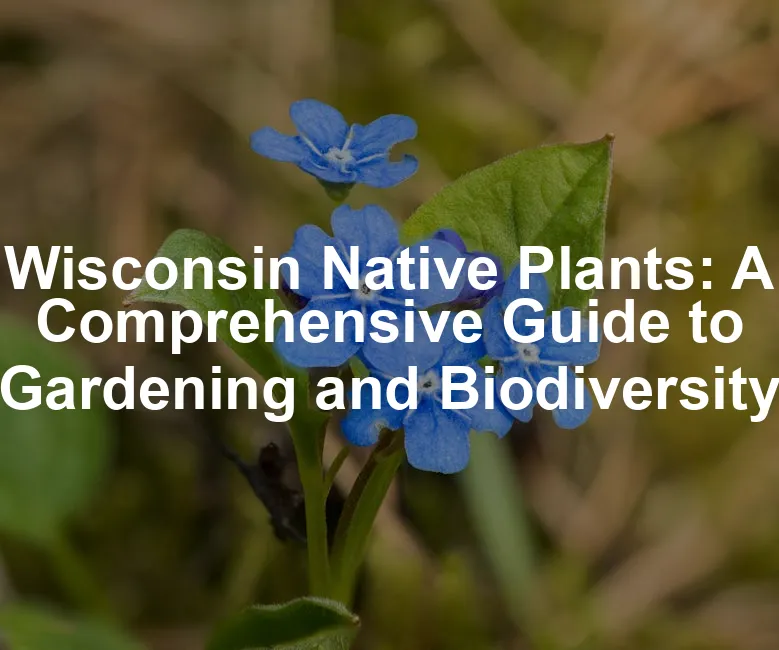
Wisconsin Native Plants: A Comprehensive Guide to Gardening and Biodiversity
The Importance of Native Plants
Native plants play a vital role in Wisconsin’s ecosystems. They have evolved over thousands of years, adapting to local weather and soil conditions. This long history allows them to thrive in their native environments. Unlike non-native species, native plants support local wildlife, including birds, bees, and butterflies. Biodiversity in our gardens is crucial. A diverse plant community helps create a balanced ecosystem. It provides food for insects and habitat for wildlife. Unfortunately, many non-native plants do not serve these purposes. They often lack the necessary nutrients that local species provide. Recent studies show alarming declines in insect populations. Insects are essential for pollination and maintaining healthy ecosystems. A staggering 40% of insect species are facing extinction, primarily due to habitat loss and the spread of invasive plants. Choosing native varieties can help counter this trend. To dive deeper into this topic, check out Native Plant Gardening: A Beginner’s Guide, a book that helps you understand the essentials of growing native plants. By incorporating native plants, you promote ecosystem health. They require less water and fewer resources compared to traditional landscaping. This means reduced maintenance for you, too! You can create beautiful spaces that contribute to local biodiversity. Consider replacing non-native plants in your garden with native options. Your choices can make a significant impact on wildlife conservation and ecological balance. Together, we can support our local ecosystems by planting native species.
Benefits of Native Plants
Native plants offer numerous advantages, making them a favorite for gardeners in Wisconsin. One remarkable benefit is their drought resistance. These plants have adapted to local weather, thriving in both wet and dry conditions. This quality leads to low maintenance gardening, so you spend less time worrying about watering schedules. For those who want to ensure their soil is in top shape, consider using a Soil Test Kit for Gardeners to analyze your garden’s needs. Additionally, native plants provide essential support for pollinators and local wildlife. Birds, bees, and butterflies rely on these plants for food and habitat. When you choose native species, you contribute to the health of these ecosystems. Native plants also play a significant role in improving soil health and controlling erosion. Their extensive root systems help retain moisture and prevent soil runoff. This means healthier gardens and landscapes that require fewer chemical fertilizers. For more on this topic, check out our guide on composting basics for improving soil health.If you’re interested in enhancing your garden while supporting local ecosystems, consider consulting local resources for native plant gardening. Many organizations offer valuable insights and plant recommendations to help you get started. And remember, a good pair of Gardening Gloves with Fingertips for Digging can make your gardening experience much more enjoyable!Improving soil health is crucial for a thriving garden. Learn more about composting basics for improving soil health.
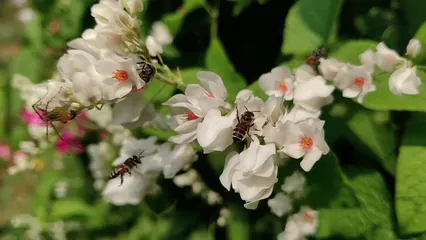
Choosing the Right Native Plants
When selecting native plants for your garden, several factors come into play. First, consider your soil type. Wisconsin has a variety of soil types, from sandy to clay, and understanding yours can guide your choices. For instance, some plants thrive in heavy clay, while others prefer well-drained sandy soils. Next, think about sun exposure. Is your garden in full sun, partial shade, or full shade? Different native plants have specific light requirements. For sunny spots, you might choose vibrant wildflowers like Black-Eyed Susans or Butterfly Weed. In shadier areas, consider plants like Wild Columbine or Woodland Phlox. The local climate also matters. Wisconsin experiences diverse weather conditions, so choose plants that can withstand your area’s temperature fluctuations. To help you keep track of your plants and their needs, a Gardening Journal can be invaluable. Now, let’s look at the types of native plants available. You can find various categories, including wildflowers, grasses, shrubs, and trees. Wildflowers like Prairie Smoke and Swamp Milkweed can add color and attract pollinators. Grasses such as Big Bluestem and Prairie Dropseed enhance texture and stability. Shrubs like Downy Serviceberry provide food for birds, while trees like Sugar Maple offer shade and beauty. Selecting the right plants for specific garden conditions ensures a thriving landscape. By considering these factors, you can create a beautiful, sustainable garden. For further assistance, check out local nurseries or resources dedicated to native plant gardening. They can provide valuable insights and help you find the perfect plants for your unique garden setup. Additionally, investing in a good Handheld Gardening Trowel can make planting a breeze!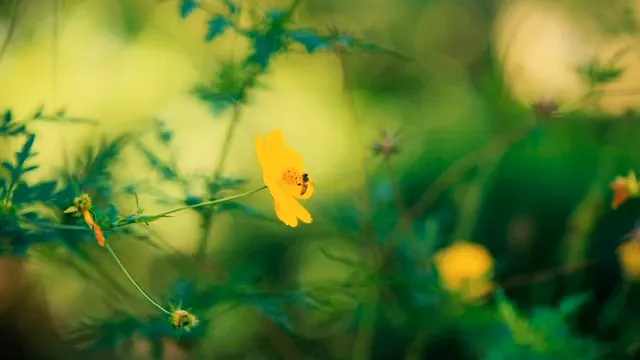
Maintenance and Care for Native Plant Gardens
Caring for native plants is straightforward and rewarding. These plants thrive in Wisconsin’s unique climate and require minimal intervention. However, a little attention goes a long way in ensuring a vibrant garden. Start with basic care. Native plants generally need well-drained soil and moderate watering. Once established, most can survive on natural rainfall. Check the moisture level before watering; overwatering can harm their roots. If you want to ensure your plants are getting just the right amount of water, consider using a Soil Moisture Meter. Seasonal maintenance is essential. In spring, it’s time to prune any dead or damaged stems. This encourages new growth and keeps your garden looking tidy. During the growing season, keep an eye out for weeds. A quick pull now can save you a headache later. Mulching can also help suppress weeds and retain moisture. Consider using Eco-Friendly Mulch to keep your garden healthy. Pest management is another important aspect. Many native plants are resistant to local pests. However, occasional visitors like aphids might appear. If you notice any pests, consider using insecticidal soap or introducing beneficial insects like ladybugs. Always inspect your plants for signs of disease, such as yellowing leaves or unusual spots. Early detection is key to keeping your garden healthy. Finally, for ongoing support and tips, subscribe to local gardening newsletters. They often provide valuable insights tailored to our Wisconsin climate, making your gardening experience even more enjoyable. And don’t forget a good pair of Pruning Shears to keep your plants in check!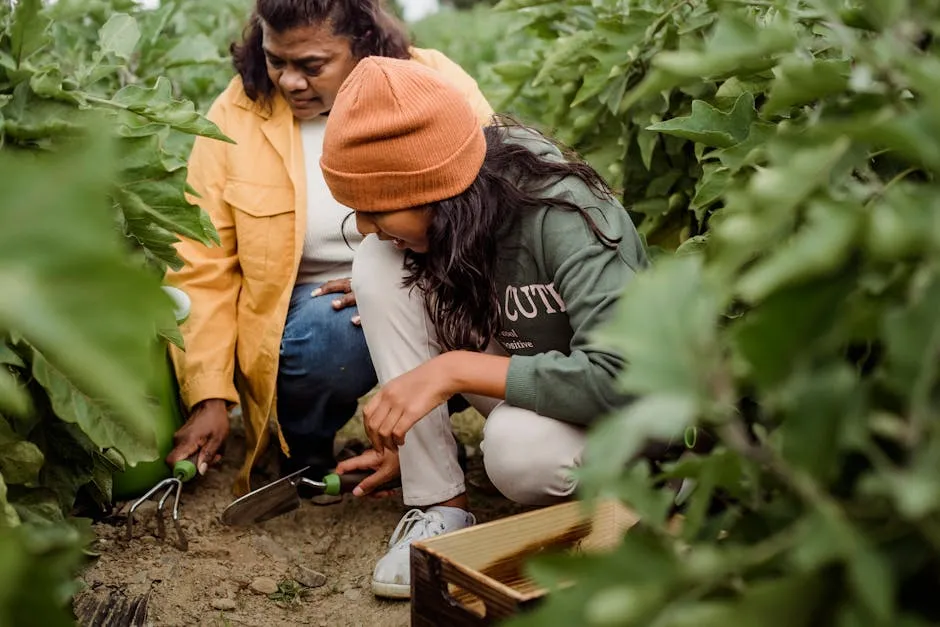
Native Plants and Ecosystem Restoration
Native plants play a crucial role in ecosystem restoration projects. They help revive habitats that have suffered from environmental stressors. By reintroducing native species, we can restore balance and support local wildlife. One impressive success story comes from the Milwaukee River watershed. Here, restoration efforts using native plants have significantly improved water quality and habitat for fish. The local community came together to plant over 10,000 native trees and shrubs, resulting in healthier ecosystems. If you’re looking to attract more birds to your garden, consider adding a Bird Feeder to your outdoor space. Another example is the prairie restoration at the University of Wisconsin-Madison. This project showcases how native plants can enhance biodiversity and provide essential habitats. The restoration has increased pollinator populations, benefiting both the environment and local agriculture. Statistics show that landscapes rich in native plants can support 50% more wildlife than those dominated by non-natives. By planting native species, we contribute to habitat recovery and conservation efforts. For more information on enhancing biodiversity, check out our article on how to enhance biodiversity in your garden for insect support.If you’re inspired to make a difference, consider getting involved with local conservation projects. Many organizations welcome volunteers for planting and maintenance, creating a positive impact on our environment. Together, we can help restore Wisconsin’s ecosystems! And if you’re serious about supporting pollinators, consider adding a Bee Hotel to your garden.Enhancing biodiversity is essential for a healthy garden ecosystem. Discover how to enhance biodiversity in your garden for insect support.

Conclusion
Incorporating native plants into your gardening practices offers numerous benefits. These plants require less water and maintenance, making them a practical choice for busy gardeners. They also support local wildlife, providing essential habitats and food sources. By choosing native species, you play a crucial role in maintaining local ecosystems. Your gardening choices can help combat habitat loss and support biodiversity. This is particularly important as many species face threats from invasive plants and environmental changes. Now is the time to take action! Start planting native species in your garden. You can make a positive impact on your local environment while creating a beautiful outdoor space. Let’s work together to nurture our natural landscapes. Also, don’t forget to keep your garden vibrant with a Native Wildflower Seed Mix for a splash of color!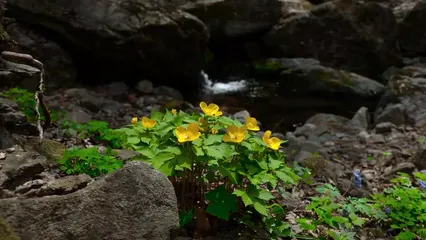
FAQs
What are the best native plants for beginners in Wisconsin?
For beginners, consider plants like Black-Eyed Susan, Swamp Milkweed, and Prairie Smoke. These species are hardy and easy to care for.
How do native plants benefit local wildlife?
Native plants provide essential food and shelter for wildlife, including pollinators like bees and butterflies. They are adapted to local ecosystems, making them excellent habitat options.
Can native plants survive in poor soil?
Yes, many native plants are resilient and can thrive in poor soil conditions. Their deep root systems help them access nutrients and water.
What are some common mistakes when planting native plants?
Common mistakes include overwatering, planting in unsuitable soil, and failing to research specific plant needs. Proper planning ensures gardening success.
How can I find local native plant nurseries?
Check local gardening clubs, extension services, or the Wisconsin Department of Natural Resources website for recommended native plant nurseries in your area.
Please let us know what you think about our content by leaving a comment down below!
Thank you for reading till here 🙂
All images from Pexels



